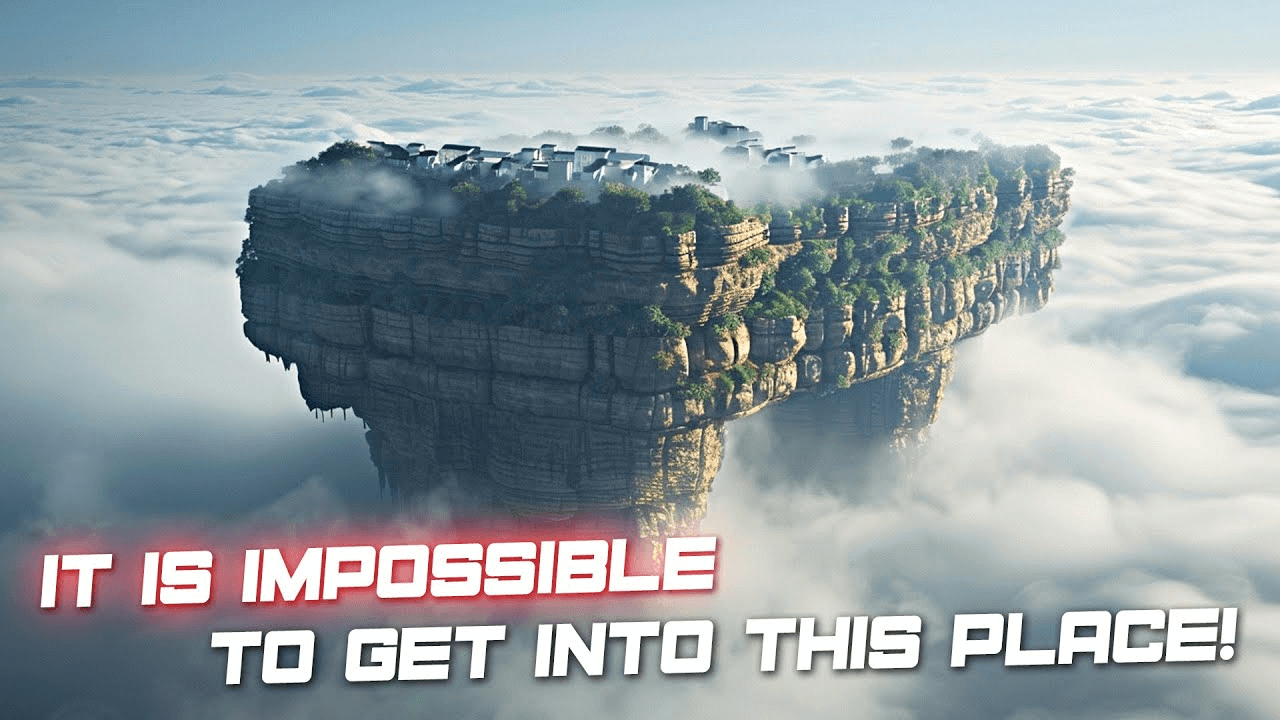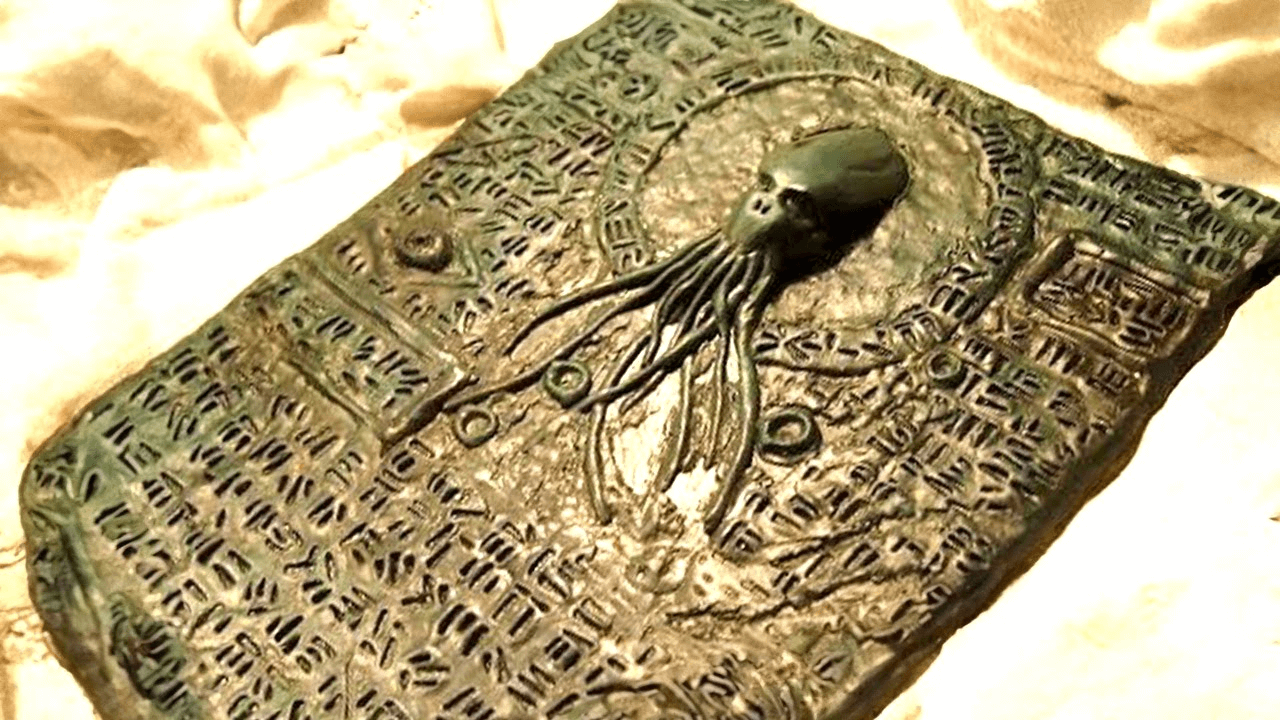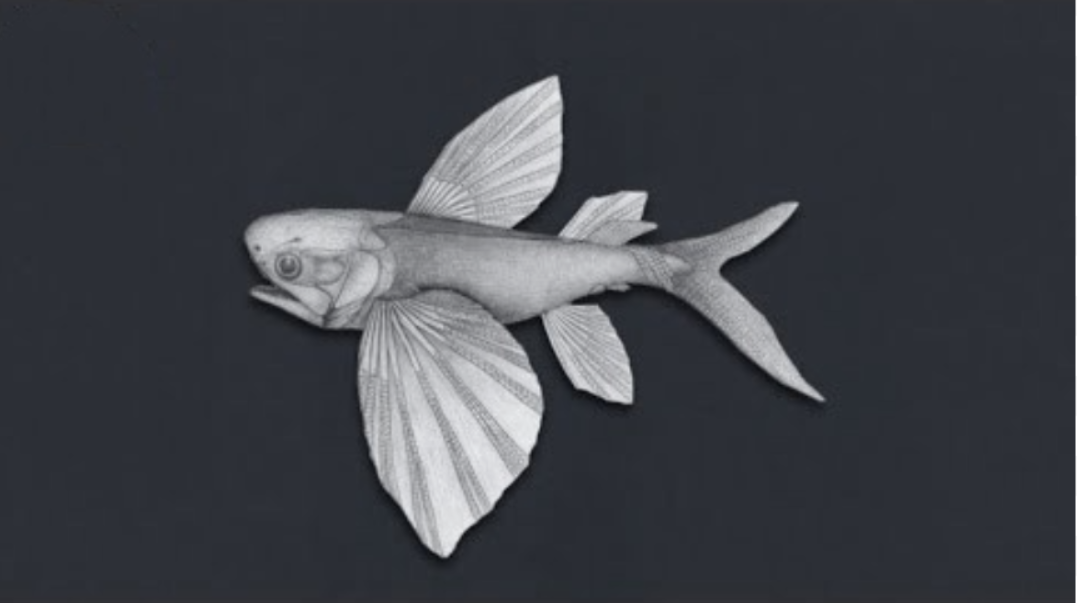For over two decades, archaeologist Kalliopi Papakosta has dedicated her life to unraveling one of the most tantalizing mysteries of antiquity: the location of Alexander the Great's final resting place. Nestled within the verdant expanse of the Shallalat Gardens in Alexandria, Egypt, Papakosta's tireless pursuit has yielded both frustration and hope, culminating in a recent discovery that reignites the fervor of her quest.
It was a nondescript day like any other when Papakosta's diligent assistants beckoned her to inspect a peculiar fragment of white marble unearthed amidst the park's earthy terrain. After experiencing previous failures, Papakosta approached with cautious optimism and hardly dared to think that this innocuous stone might hold the solution to an old mystery. To her astonishment, the marble revealed itself to be an early Hellenistic statue bearing the unmistakable seal of Alexander the Great—an auspicious sign that reignited the flame of hope within her heart.
The visionary director of the Hellenic Research Institute of the Alexandrian Civilization, Papakosta, set out on a difficult journey beneath Alexandria's modern façade as a result of this fortunate discovery. Over the course of seven painstaking years, she meticulously excavated layers of history, unearthing the long-buried remnants of the city's royal quarter—the fabled domain where Alexander the Great once roamed.
The statue that Papakosta found after 14 years of excavations in the Shallalat Gardens
Venturing where none had dared before, Papakosta's expedition marks the first instance of uncovering Alexandria's original foundations, breathing life into ancient tales, and tantalizingly hinting at the possibility of an unparalleled archaeological coup—the elusive tomb of Alexander himself. Yet, beneath the veneer of optimism lies a sobering reality: the quest for Alexander's tomb is fraught with peril, shrouded in the mists of time and obscured by the capricious whims of nature.
Since his untimely demise in 323 BC at the tender age of 32, Alexander's final resting place has remained a subject of fervent speculation and scholarly debate. Historical accounts weave a tapestry of intrigue, suggesting that his mortal remains were interred first in the hallowed precincts of ancient Memphis before finding sanctuary in the city that bore his illustrious name. Yet, as the inexorable march of time eroded the once-mighty city of Alexandria, so too did it consign Alexander's tomb to the annals of myth and legend.
The passage of millennia has not dulled humanity's insatiable thirst for discovery, nor has it dampened the resolve of intrepid explorers like Papakosta. Armed with ancient texts, 19th-century maps, and cutting-edge technology such as electrical tomography, Papakosta navigates the labyrinthine depths of Alexandria's royal quarter with unwavering determination, each excavation unearthing tantalizing clues that inch her closer to her elusive quarry.
Yet, amidst the heady excitement of discovery, Papakosta remains acutely aware of the daunting challenges that lie ahead. Battling against the inexorable encroachment of rising sea levels and the omnipresent specter of natural calamities, she orchestrates a symphony of pumps and pipes to stave off the encroaching tide, determined to safeguard her fragile window into the past.
Image from: Netflix, "Alexander: The Making of a God"
As the years wear on and Papakosta's excavation delves ever deeper into the heart of Alexandria, the tantalizing prospect of uncovering Alexander's tomb looms ever larger on the horizon. Papakosta's unwavering spirit endures despite the sobering realities of her quest thanks to her unwavering pursuit of knowledge and unwavering conviction that she can discover the secrets of the past.
In her unwavering resolve and unyielding determination, Papakosta embodies the timeless spirit of exploration that has propelled humanity to the furthest reaches of the known world. Though the road ahead may be fraught with peril and uncertainty, one thing remains abundantly clear: so long as there are mysteries waiting to be solved and secrets waiting to be unearthed, the indomitable spirit of discovery will endure, lighting the way for future generations to follow in the footsteps of giants.





































